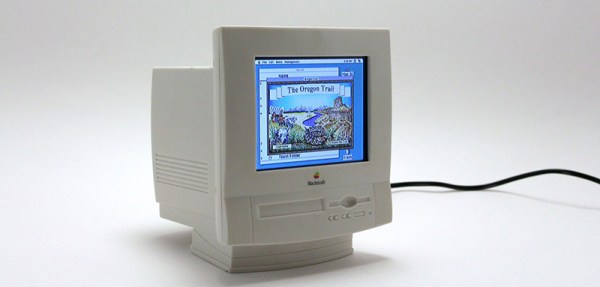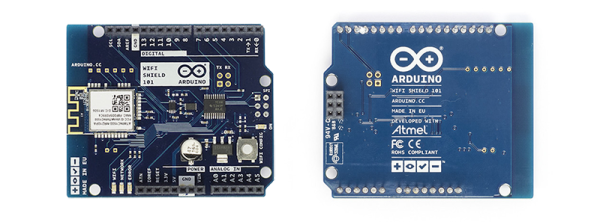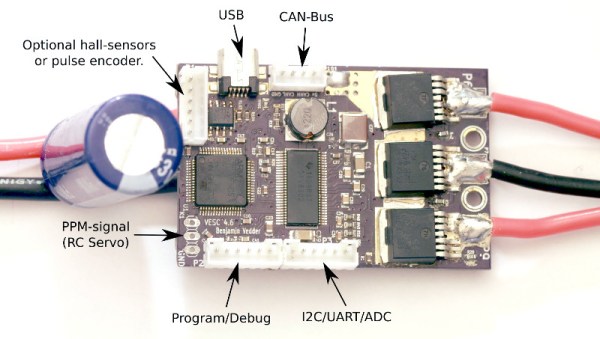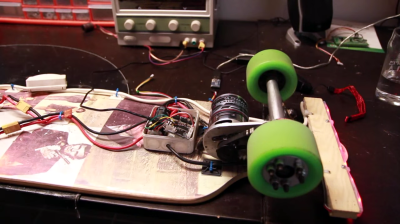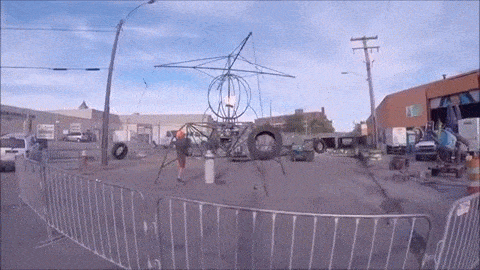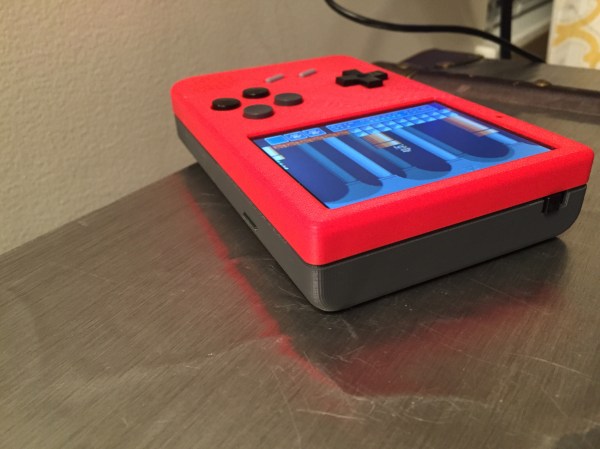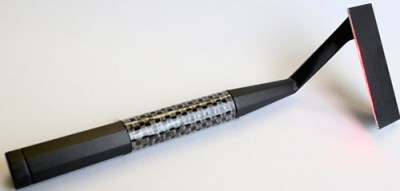We’re surrounded by tiny ARM boards running Linux, and one of the most popular things to do with these tiny yet powerful computers is case modding. We’ve seen Raspberry Pis in Game Boys, old Ataris, and even in books. [Aaron] decided it was time to fit a tiny computer inside an officially licensed bit of miniature Apple hardware and came up with the Mini PowerMac. It’s a 1/3rd scale model of an all-in-one Mac from 1996, and [Aaron] made its new hardware fit like a glove.
Instead of an old Mac modified with an LCD, or even a tiny 3D printed model like Adafruit’s Mini Mac Pi, [Aaron] is using an accessory for American Girl dolls released in 1996. This third-scale model of an all-in-one PowerPC Mac is surprisingly advanced for something that would go in a doll house. When used by American Girl dolls, it has a 3.25″ monochrome LCD that simulates the MacOS responding to mouse clicks and keypresses. If you want to see the stock tiny Mac in action, here’s a video.
The American Girl Mini Macintosh is hollow, and there’s a lot of space in this lump of plastic. [Aaron] tried to fit a Raspberry Pi in the case. A Pi wouldn’t fit. An ODROID-W did, and with a little bit of soldering, [Aaron] had a computer far more powerful than an actual PowerMac 5200. Added to this is a 3.5″ automotive rearview display, carefully mounted to the 1/3rd size screen bezel of the mini Mac.
The rest of the build is exactly what you would expect – a DC/DC step down converter, a USB hub, and a pair of dongles for WiFi and a wireless keyboard. The software for the ODROID-W is fully compatible with the Raspberry Pi, and a quick install of the Basilisk II Macintosh emulator and an installation of Mac OS 7.5.3 completed the build.

